Autumn and winter season checklist
Here’s a quick checklist of things to do in the food garden to take you through to spring.
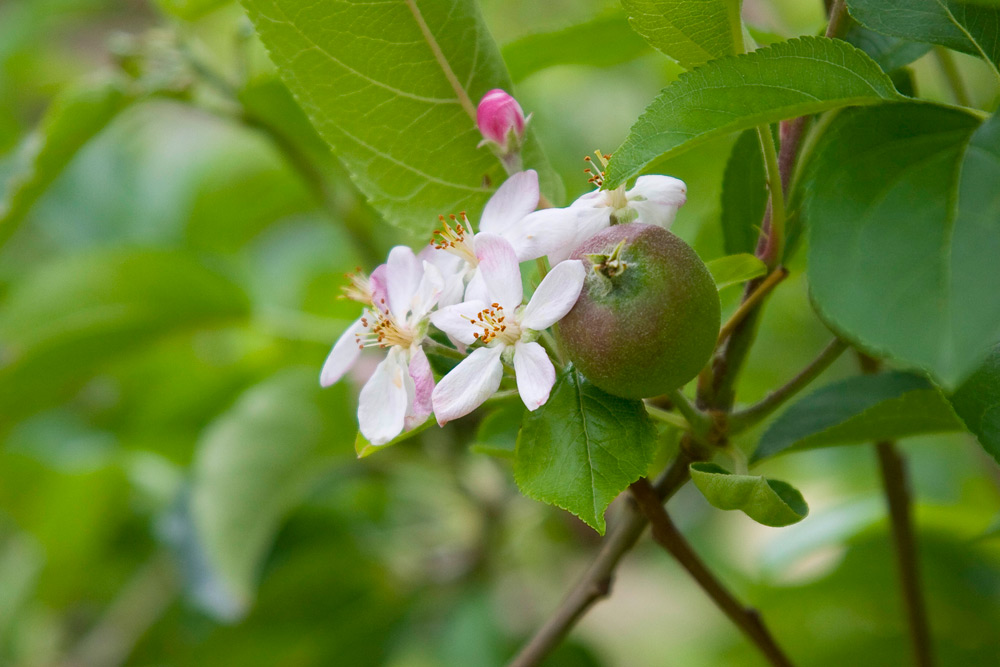
1. Planting time for fruit trees
Plant new fruit trees in temperate areas in March. Trees like nectarines and peaches prefer warmer soil to establish their root systems. Your local nursery will be able to help with trees for your specific area. Prepare the plant site and include loads of compost and superphosphate or bonemeal into the planting hole. Plant the tree in the hole at the same depth it was growing in the container. Water well and apply a layer of mulch around the tree, but not touching the stem.
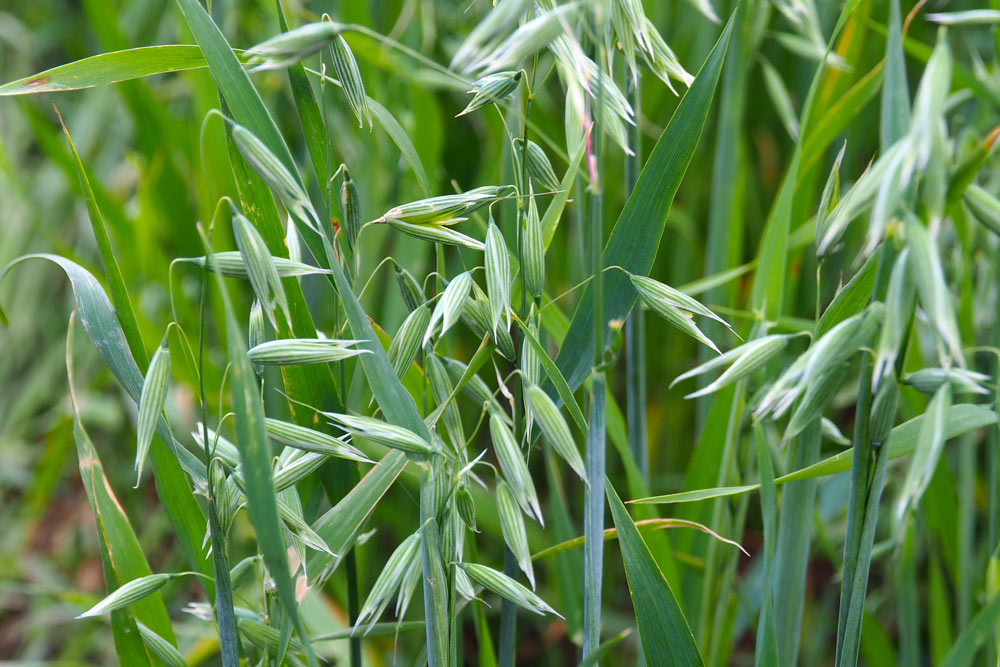
2. Go green
Give one bed a rest this winter by sowing a green manure like mustard, clover, oats, vetch or serradella. Green-manure crops increase the fertility of the soil and improve its structure and health.

3. Turnaround time for compost
The right time to turn a heap it is when the centre starts to cool down. Check by putting your hand into the middle of the heap. Make a base of sticks or branches for good aeration, and transfer the heap, top-down, onto the base – watering each layer. When the heap has been turned two or three times it should be ready. The compost should be dark, moist and crumbly, with an earthy smell.
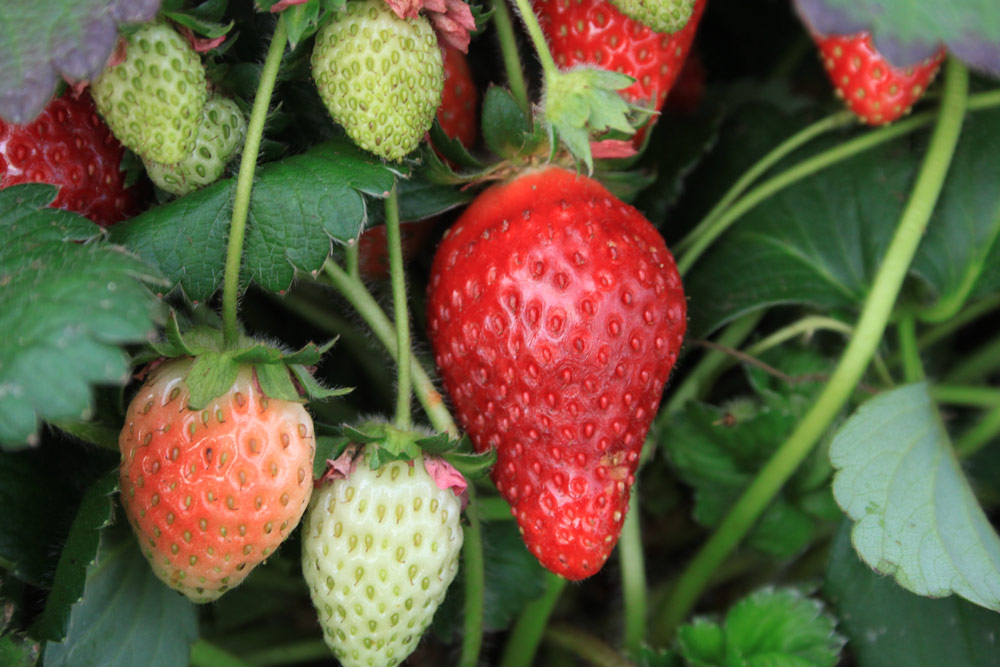
4. Plant strawberries in March
Strawberries like to be planted into warm soil and not under cold winter conditions. The best time to plant is during March, to ensure a good crop by early summer. The soil must be free-draining, slightly acidic and weed-free. To prepare the bed, spread kraal manure or compost (or both) evenly over the soil surface, and fork it in.
Plant the strawberries about 30cm apart, with 70cm between the rows. Plant each one so that the crown is level with the soil surface, the roots having been allowed to go down into the soil vertically before firming the soil around them. Water the plants gently but well. A mulch of straw will keep the roots cool and the weeds under control, and may be placed under the leaves and flowering stems.

5. Watering in Winter
Your veggie garden will still need watering through winter. Use these tips to save as much as you can.
- Water before 10:00 or after 16:00 as evaporation is the highest between these hours. Water less frequently, but for longer. This will encourage deeper root systems resulting in stronger plants.
- Hand watering using a watering can saves more water than using a hosepipe, and is a more efficient way of reaching the roots.
- Water at ground level where water is needed the most.
- If you are using a hosepipe fit a connection to the end of the pipe that allows you to vary the spray intensity and switch off the hosepipe without going back to the point of connection. Other devices that save water include micro sprays, drip irrigation systems and soil moisture sensors.
- Irrigation systems can lower water consumption. Those that deliver water to the base of the plants and work off timers save even more water. Rain-sensing devices that automatically switch off when it rains are a good investment.
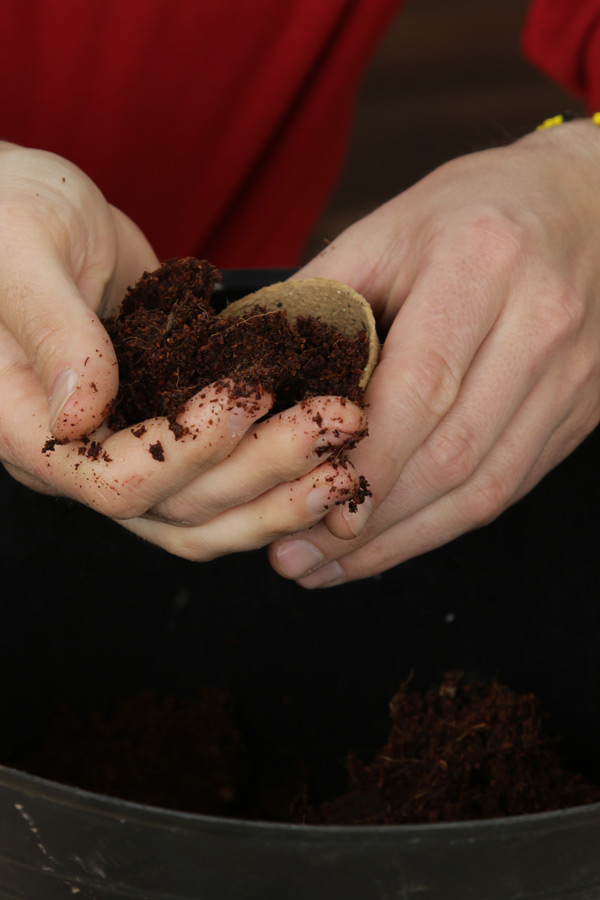
6. Make your own germinating mix
Mix together equal parts of palm peat (hydrated first in a bucket of water), perlite and vermiculite. All are available from hardware stores or garden centres. Moisten the mix if necessary. Fill your seedling pots with this homemade mix, add seeds, and sprinkle a thin layer over your seeds if they need to be covered.

7. Use pest-repelling plants
Plants with very aromatic foliage make it difficult for pests that rely on their sense of smell to find their favourite vegetable. Using such plants throughout the garden should have a good deterrent effect. Suitable plants include lavender, rosemary, tansy, basil, scented geraniums, thyme, feverfew, catmint, mint and alyssum.

8. Bottle them up
The last of the summer crops can be harvested and bottled for use during the winter months. Use bottles that have rubber seals and wire levers so that the tight clamp will form a vacuum and preserve the food for over two years. Sterilise the jars with boiling water before filing with vegetables or fruit. For veggies use salt water and for fruit a light syrup to fill the jars, then seal. Place in cold water and bring to a simmer for 15 minutes to an hour or so, depending on what you are preserving. Apples will take less time than tomatoes, for example. Cool and label, then store in a cool dark place.
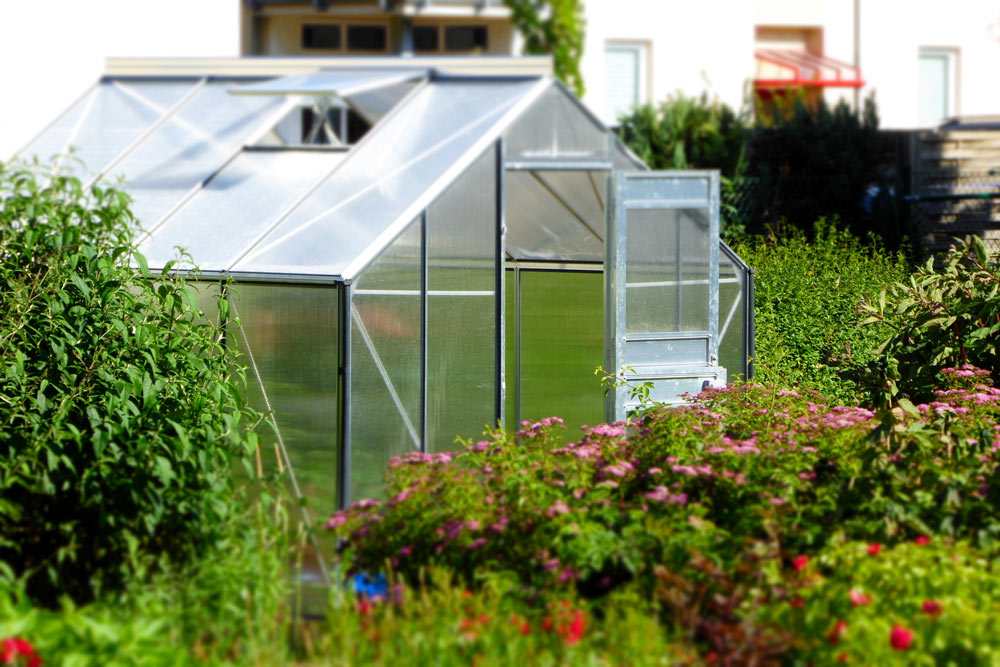
9. Greenhouse spring clean
Now is a good time to spring clean the greenhouse. Wash windows to allow maximum light though over winter, and scrub all the benches and fixtures with disinfectant. You may also want to fumigate, which means taking all the plants out, closing up everything and discharging a fumigation canister for a pest-free environment.
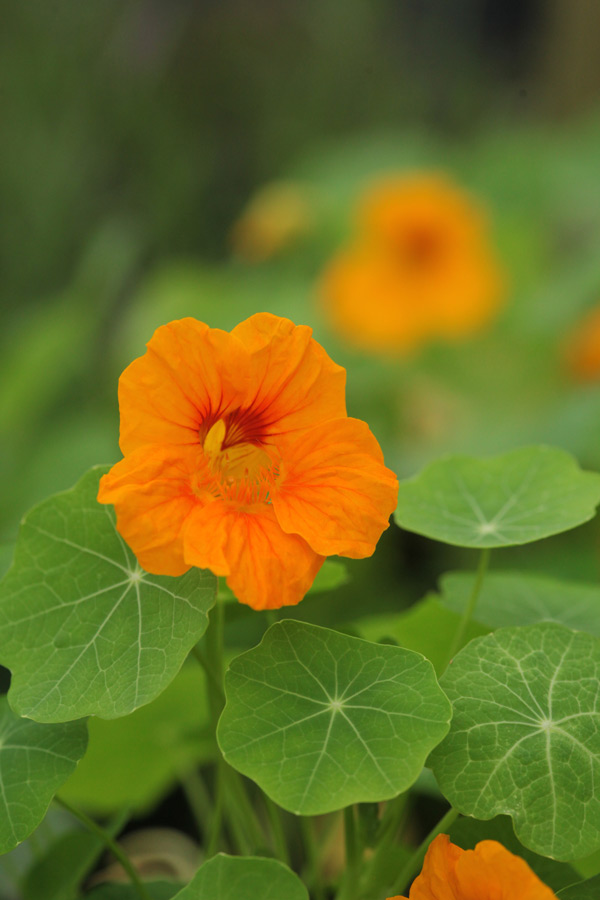
10. Keep aphids away
Keep aphids away from cabbages, broccoli, radishes, broad beans and tomatoes by planting nasturtiums nearby. They act as a trap crop, especially for black aphids. Pull out the aphid-covered plant and throw it away or bury it in the compost heap.

11. Start sowing for summer
Start crops like lettuce, Swiss chard, tomatoes, sweet peppers and brinjals in seed trays or small pots indoors. To provide heat for the seeds during germination and early growth, supply heat from below by putting them on a hot tray (on the lowest setting) or on a small heating pad.
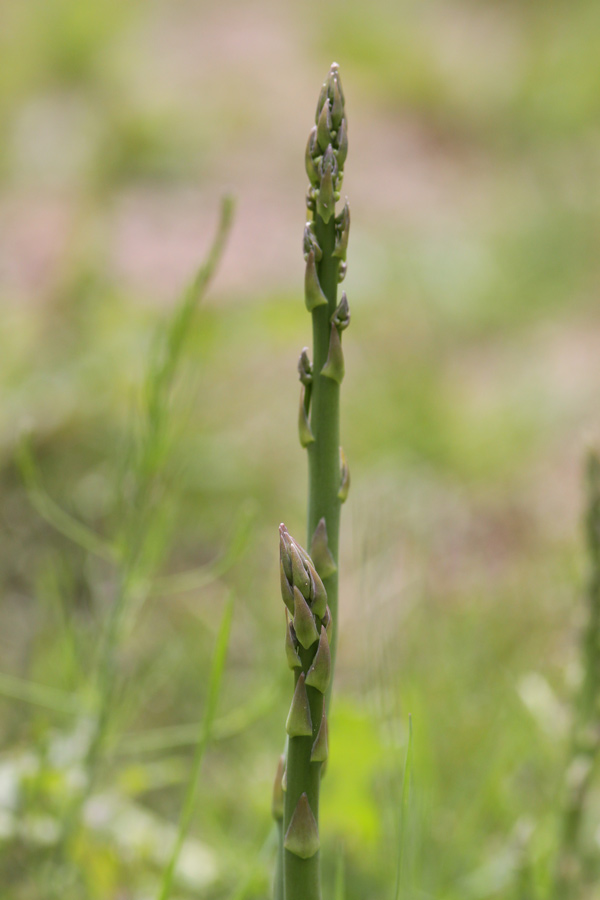
12. Asparagus crowns
July is the month to plant out asparagus crowns. Dig a trench, mixing in plenty of compost and rotted kraal manure. Cover the crowns with 5 – 10cm of soil, with a handful of superphosphate with every crown. Add more soil as the crowns begin to grow, until the trench is full.
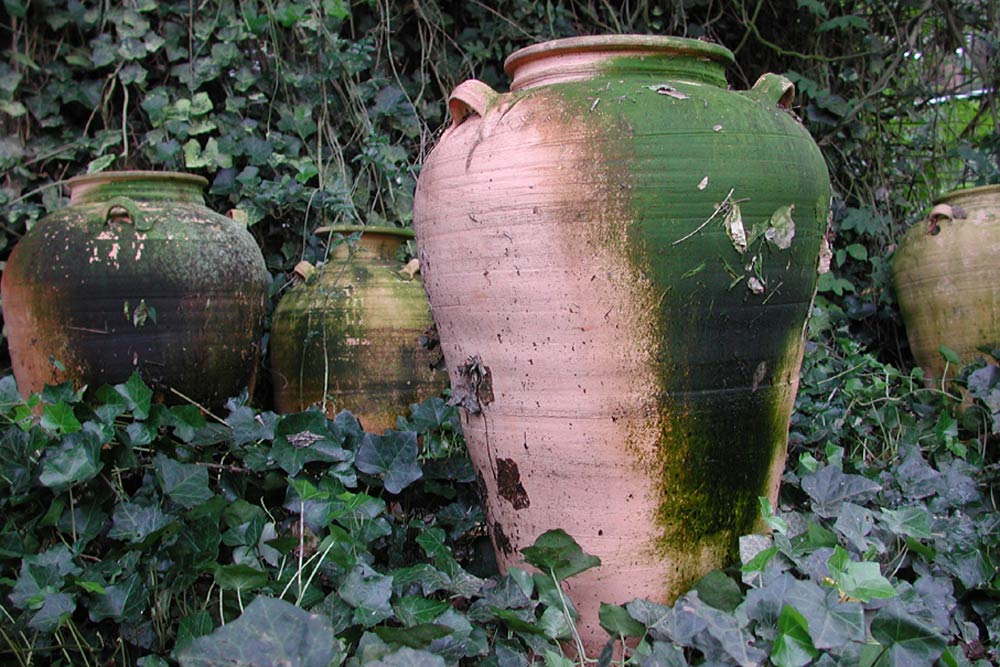

13. Good to know
Garden hygiene is very important to prevent disease. Wash seed trays and pots with a disinfectant, clear away any plant debris, put pots and bundles of canes outside so that the frost kills any over-wintering pests.
14. Vegetable sowing guide for Autumn and Winter











